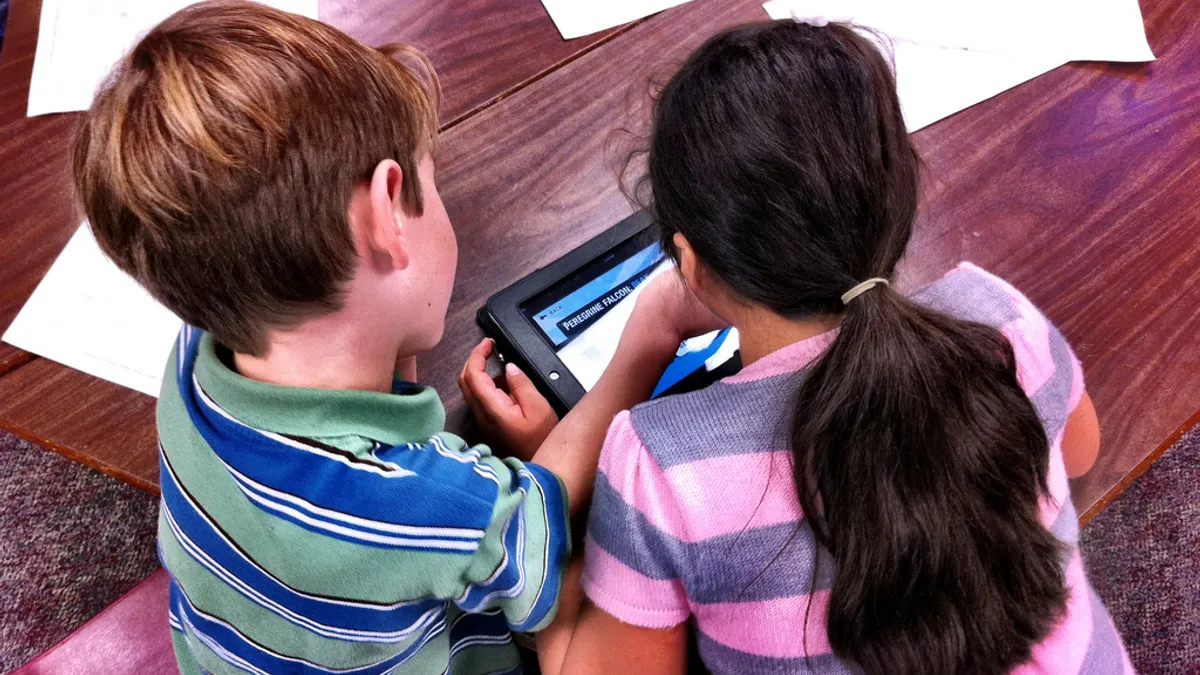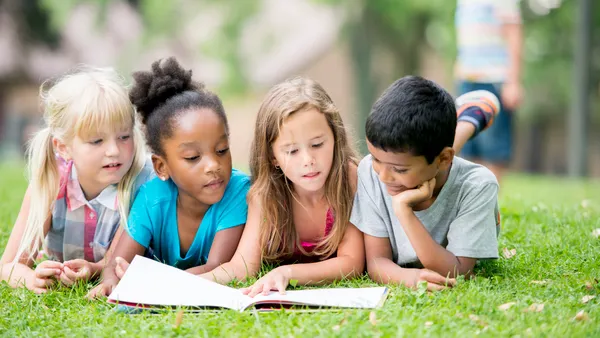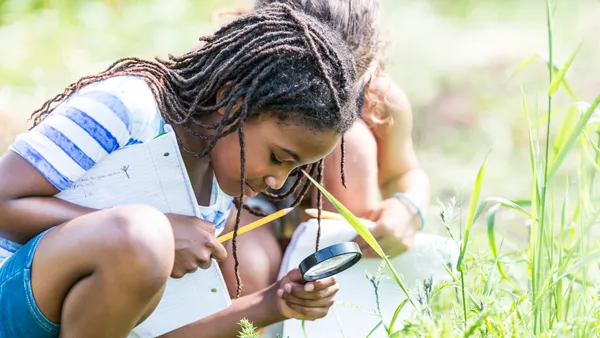Dive Brief:
- New York teacher Cait O’Connor suggests schools should examine everything from lesson plans to classrooms to see if they’re designed to encourage body positivity and celebrate students of all shapes and sizes, she writes for Edutopia.
- Changes can be simple, she said, such as avoiding food and weight examples in math lessons and stopping body mass index assessments in physical education classes. English and composition teachers, too, can try to cast the net wider for titles that expand representations of people of all sizes.
- Seating also should be considered in regard to whether students can move around desks easily, ensuring classrooms are structured with enough room to accommodate every person.
Dive Insight:
Teaching kindness is a lesson educators can focus on in the classroom by tapping into social-emotional learning and skill building. Of the five competencies the Collaborative for Academic, Social and Emotional Learning (CASEL) identifies for SEL skills, one, social awareness, addresses the ability to understand someone else’s point of view and have empathy for them, as well.
Educators can hold student activities that help promote positivity and understanding in the classroom, which may also have an impact on bullying. That’s the strategy PACER’s National Bullying Prevention Center suggests, noting that by encouraging connections between students, children are more apt to behave as friends and less likely to bully. Activities can include a teacher role-modeling in the classroom or asking students to share their feelings with one another.
The Harvard Graduate School of Education’s Making Caring Common Project also suggests exercises ranging from role-playing, where pupils can act out scenarios of what they would do in certain situations, to having students take a specific look at who is in — and out — of their own social groups and consider how they “expand the circle of who they care about,” the project wrote.
By weaving kindness exercises into the classroom, educators can take the steps to help build better peer relationships for students and potentially reduce bullying instances, too.





 Dive Awards
Dive Awards






